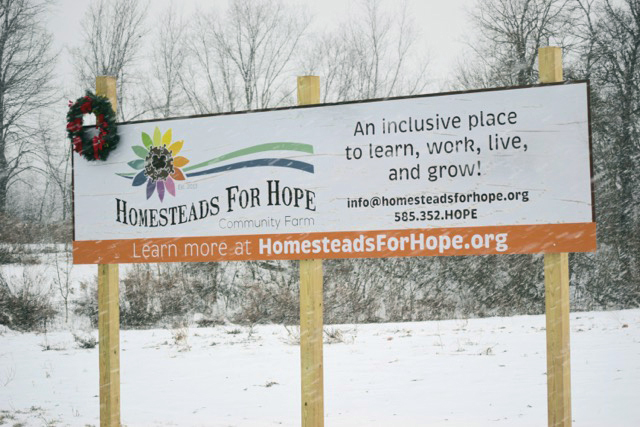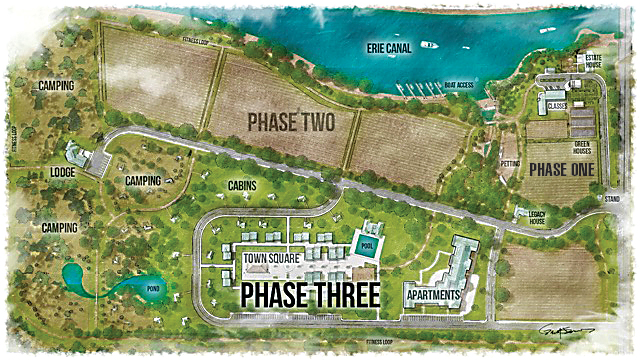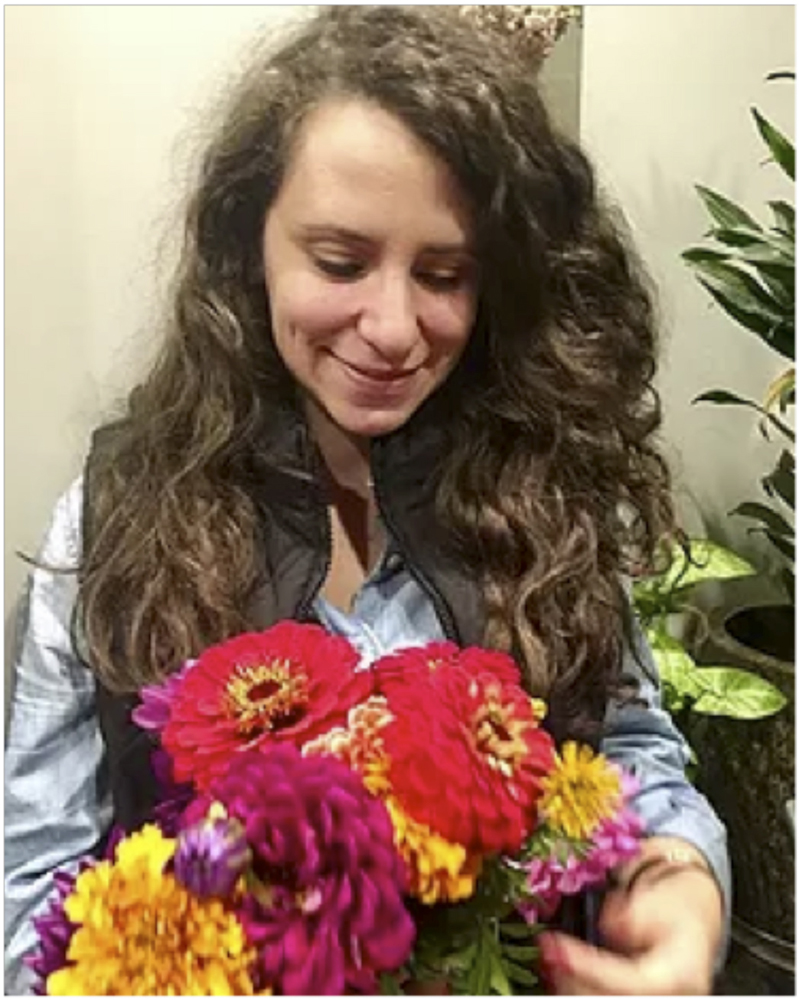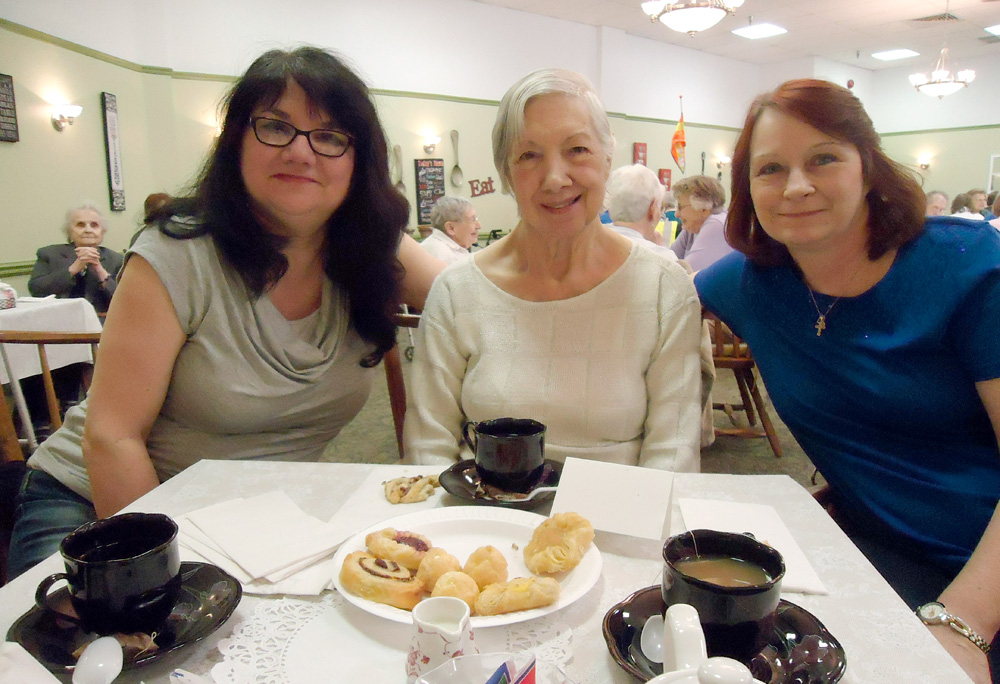Homesteads for Hope

Hope for a life and a new beginning
Jennyrae Brongo has a vision to help others. This young woman is determined to make her vision become a reality.
Six years ago, Jennyrae and her mom Luann had an idea – to create a self-sustaining inclusive farm where young adults of all abilities would learn, work, live and grow. There are many reasons for this venture. The most important motive is Chucky Brongo, Jennyrae’s brother and Luann’s son.
Chucky is 26 years old, has autism, Self Injurious Behaviors (SIB) and is non-verbal. Jennyrae, her mom and dad spent many years trying to find programs and services that would be the right placement for Chucky but their efforts were unsuccessful.
The way in which services and housing are delivered in New York state for people with disabilities who are over age 21 is daunting for family members to navigate. Currently, any young person under the age 21 who has an Individual Education Plan (IEP) is provided services and programs by the school district where this young person resides. Unfortunately, after a young person with a disability turns 21, the services change. This is a strategy that many question especially Jennyrae.
“When many young adults with disabilities age out of the school system at 21, it’s often called the cliff because of the lack of programs and services. There are long waiting lists and many lack person-centered programs. It’s a one size fits all, it’s just a bed, just a class or just a seat,” Jennyrae explained. “We don’t think this is fair. We want to create more opportunities that offer choice and are self-determined.”
During their quest to find the right placement for Chucky, Jeff Brongo, Jennyrae’s dad, passed away. Despite their grief, Jennyrae and her mom set out on a mission to create new possibilities for Chucky and other families seeking a change for their loved one.
An idea came to Jennyrae after she took Chucky to her uncle’s farm and together they worked side-by-side with other farmers.
“My brother helped to harvest crops. He sat on the back of a truck bench sorting vegetables and he helped to run the farm stand. And most of all, he was happy,” Jennyrae said.
And Homesteads for Hope was born.
“Homesteads for Hope is an intentional community meaning that it is created to serve and be a community within a community. Our ideologies are rooted in serving people with intellectual developmental disabilities. It’s important that people understand that we are a non-certified setting. We are not an agency, and we are a not-for-profit organization,” Jennyrae explained.
Together with a board of parent professionals (parents who have adult child with disabilities who have learned how to navigate the New York state system of care), community members and volunteers, a three-phase plan was created. Phase one outlined the beginning stages of this project – a location. Land to create this vision was purchased. A historic 55-acre farm located in Ogden along the banks of the Erie Canal is where Homesteads for Hope calls home.
“The first phase includes the renovation of the barns to allow for year-round programming, a makeover of the estate home to include the first non-certified two-person residence and expansion of the farm school. In May, we will launch the farm with at least 10 full-time student-farmers with and without various disabilities,” Jennyrae said.
The student-farmers are determined via an application process.
“We will primarily be serving adults 21 and over and will also work with other schools and agencies for those who are of the transitioning age. There will be an application process. Safety is a priority for us. It’s important that we understand each student-farmer, that they are in a self-determined plan and it was their choice to come to this community,” Jennyrae said. “Each person’s work plan will be created based upon their needs, likes and dislikes. We will cater each person’s learning process to their own choices.”
Phase two of the plan outlines the expansion of the farm to include more programming and services and to make Homesteads for Hope a facility for public use.
“The majority of our programming will be held during the day but over time it’s our goal to develop courses and classes that will be open to the public. Art, yoga, music are some of our ideas. Community members have offered their services,” Jennyrae said.
The last phase of the long-range plan is called the Homestead Village – the development of a non-certified compound for over 150 people with and without disabilities. This 30-acre parcel is set to include camping areas, a lodge, cabins, apartments, and a town square that includes a pool.
Hamlin resident Michelle Fidler-Sutherland is a Homesteads for Hope board member and has an 18-year old son who has autism. Filder-Sutherland became involved with Homesteads for Hope when she began looking at transition options for her son, Jacob.
“We are in crisis mode in this state. There are no more group homes. The model of care that the state is moving toward is called self-direction where people with disabilities live independently in the community with supports but what about those who don’t fit into this model? Homesteads for Hope fills that need. There is no program like this in New York state. As the farm evolves it will become a place where families with disabled children and adults can enjoy classes, walk the farm, and fish on the ponds and not feel judged,” Fidler-Sutherland said. “Homesteads for Hope will offer something for everyone, a grass roots safe community that is a place to live, work and grow.”
What else is planned for Homesteads for Hope for 2017? Besides launching Phase One of the long-range plan, the goal this spring is to plant and harvest crops in order to open the first market stand operated by student farmers. Jennyrae is hopeful that phase two of the plan can begin implementation. But to accomplish these goals Homesteads for Hope needs help.
“We are seeking in-kind support from any and all trades people who would be willing to donate their time and talents. The estate home needs to be renovated by this summer. We are in need of construction services to make this happen. The barn needs to be retrofitted to become a universally designed sustainability center for our student-farmers and it needs to be compliant with all codes. The barn will also serve as our center for classes, events and tours,” Jennyrae noted.
Interested in helping or learning more? Visit homesteadsforhope.org or contact Jennyrae at Jenny@HomesteadsforHope.org. Follow Homesteads for Hope on Facebook for the latest updates on this self-sustaining community.





